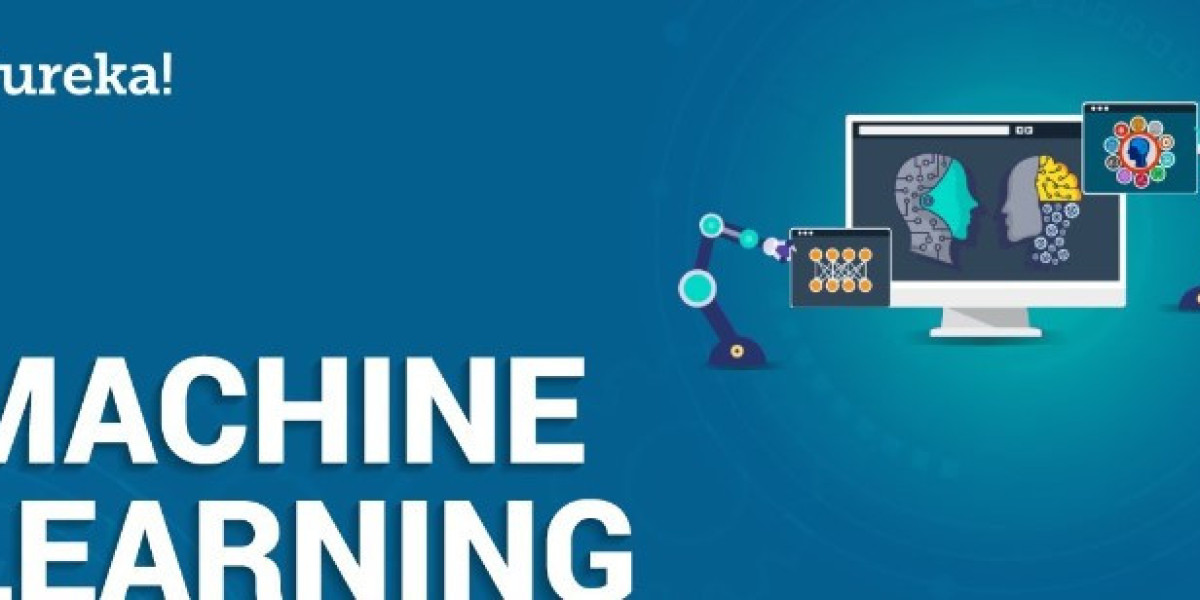The Box-Cox transformation is a statistical technique commonly used in machine learning and data analysis to stabilize the variance of a variable and/or to make it approximately follow a normal distribution. It was introduced by statisticians George Box and David Cox in 1964. The transformation is applied to continuous, positive-valued variables that exhibit heteroscedasticity (unequal variances across different levels of the variable) or skewed distributions.
The Box-Cox transformation involves raising the variable to a power, which is determined by a parameter lambda (λ). The formula for the transformation is as follows:
y^(λ) = (y^(λ) - 1) / λ (if λ != 0)
log(y) (if λ = 0)
The transformation essentially shifts the data to a different scale and shape by adjusting the parameter λ. The choice of λ depends on the nature of the data and the desired transformation effect.
When λ is equal to 1, the transformation is equivalent to taking the natural logarithm of the variable. This is commonly used when dealing with variables that exhibit exponential growth or decay. Taking the logarithm often helps in making the data more symmetric and reducing the effect of extreme values.
For values of λ other than 1, the transformation can be more complex. When λ is positive, it performs a power transformation, which can compress or stretch the data depending on the value of λ. Positive values of λ greater than 1 result in a compression of the data towards the mean, while values between 0 and 1 stretch the data away from the mean. Negative values of λ are typically not used because they can lead to complex numbers or undefined results.
The main purpose of the Box-Cox transformation is to stabilize the variance of a variable. In many statistical modeling techniques, such as linear regression, the assumption of constant variance (homoscedasticity) is crucial. When heteroscedasticity is present, the scatter of residuals tends to widen or narrow as the values of the independent variable change. By applying the Box-Cox transformation, we can often achieve a more consistent variance across different levels of the variable.
Additionally, the Box-Cox transformation can help in achieving a normal distribution for variables that are heavily skewed. Many statistical models, including linear regression and some machine learning algorithms, assume that the data follows a normal distribution. Transforming skewed variables can make them more amenable to these modeling assumptions and can improve the performance of the models.
To determine the appropriate value of λ for the Box-Cox transformation, various methods can be employed. One common approach is to use maximum likelihood estimation to find the value of λ that maximizes the log-likelihood function. Alternatively, cross-validation techniques can be employed to evaluate different values of λ and choose the one that yields the best model performance. By obtaining a Machine Learning Course, you can advance your career in Machine Learning. With this course, you can demonstrate your expertise in designing and implementing a model building, creating AI and machine learning solutions, performing feature engineering, many more fundamental concepts, and many more critical concepts among others.
In conclusion, the Box-Cox transformation is a valuable tool in machine learning and data analysis for stabilizing variance and achieving a normal distribution for continuous, positive-valued variables. By adjusting the parameter λ, it allows for the transformation of data to different scales and shapes, making it more suitable for various modeling techniques. Applying the Box-Cox transformation can improve the accuracy and reliability of statistical models by meeting assumptions such as constant variance and normal distribution.


